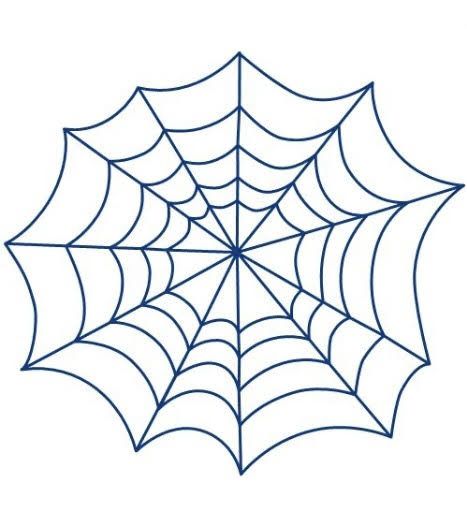(Author’s Note: This is the fifth and final chapter of “The Dreamcatcher,” a serial story in this space. All previous chapters are available on my website: musingjamie.net)
The last two-and-a-half decades of Tatu’s DeSouza’s life were spent in quiet contemplation at his hacienda in Tesuque Pueblo, a secluded and shady enclave just north of Santa Fe. He had never married and had no natural heirs so, at age 65, Tatu simply walked away. He liquidated his holdings in Dreamcatcher, Inc., gave away all the money away to schools, universities, and museums, and hired a new generation of entrepreneurs to run the company. Despite the fact that almost all of Tatu’s cherished patents on his Dreamcatcher device had expired, and that the very idea of such a gizmo (Tatu’s favorite description of his own device) had become commonplace, Dreamcatchers, Inc. still dominated the market. Tatu became a mythical and mysterious figure, a 21st Century version of Howard Hughes or Greta Garbo. That was just fine with him.
Still, the public and the world’s media were consumed with Tatu and his Dreamcatcher. Young entrepreneurs would trek to the gates of Tatu’s hacienda in New Mexico hoping to catch a glimpse of their hero. Renowned authors and journalists pleaded for the chance to write his life’s story. Ken Burns wanted to make a documentary. Women all over the world wrote him love letters. Tatu politely declined all such requests; he was content to live simply on a diet of tofu, vegetables and spring water, tending his gardens, taking long walks, and reading tomes devoted to the lives of Catholic saints.
Then there came a day when Tatu simply disappeared. Gone; vanished like a dream at dawn. No one, not even his majordomo, knew why he disappeared or where he had gone. There was no evidence of foul play so, after several months of public and private investigations that led to one dead-end after another, Tatu simply passed on into the rarified air of legend. No one doubted his invention—his Dreamcatcher “gizmo”—had changed the world in a way not unlike the voyages of Christopher Columbus, or the inventions of Nikola Tesla, or the plays of William Shakespeare, or the the statues of Michelangelo. But Tatu himself? Was he alive or dead? If the former, what was he doing? If the latter, where was the body? Tatu had always loved a good mystery; now, he was one.
Or was he? A year after Tatu disappeared, a young Goan police constable was walking along Galgibaga Beach at dawn, making sure no one was disturbing the nesting places of the Olive Ridley sea turtles that loved the soft white sand of one of the world’s most beautiful and pristine beaches. The sun was rising. Small waves lapped the shoreline, rippling the crystal blue water of the Arabian Sea; a gentle breeze rustled through the fronds of the tall coconut palms that fringed the half-moon bay. Everything was as it should be: perfect.
At the far end of the beach, the constable came upon an old man asleep on the beach under one of the palm trees. This was neither unusual nor prohibited, for Goa was a forgiving place, and the man, neatly dressed in a white linen dhoti, was certainly not causing any trouble or disturbing the sea turtle nests. In fact, he seemed to be smiling. But as the constable came to say a respectful “Good morning, sir” to the sleeper, she noticed a pair of broken black spectacles and a trickle of dried blood that had seeped into the sand. Nearby was a coconut. It didn’t take the constable long to figure out what had happened. She called for an ambulance, but the damage had already been done. Oddly, the deceased bore no papers of identification.
Back at the substation, the constable filed a succinct report: an unidentified elderly man, no known name or address, had been found on Galgibaga Beach, the apparent victim of a falling coconut. The only clue to his identity was a small tattoo on the back of his right hand: a spider’s web. It looked vaguely familiar; it reminded the constable of the logo on her dreamcatcher.
I’ll be right back.
Jamie Kirkpatrick is a writer and photographer who lives in Chestertown. His work has appeared in the Washington Post, the Baltimore Sun, the Philadelphia Inquirer, the Pittsburgh Post-Gazette, the Washington College Alumni Magazine, and American Cowboy Magazine.
His new novel, “The Tales of Bismuth; Dispatches from Palestine, 1945-1948” explores the origins of the Arab-Israeli conflict. It is available on Amazon.



Write a Letter to the Editor on this Article
We encourage readers to offer their point of view on this article by submitting the following form. Editing is sometimes necessary and is done at the discretion of the editorial staff.